Today's Top Picks
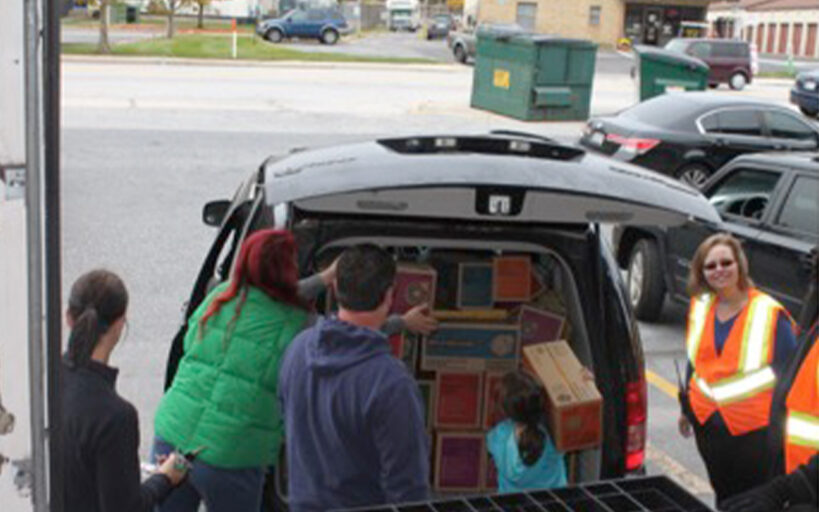
Best Practices – From Cookies to Countermeasures
The anthrax attacks in October 2001 were a wakeup call nationwide of America’s weakness to respond to a widespread biological terrorist incident. Since that time, local, state, and federal agencies have worked together to improve public health readiness to mass dispense medical countermeasures (MCM) at points-of-dispensing (PODs). Providing bulk dispensing to non-public (or “closed”) PODs is one methodology employed to expedite the distribution of MCM to the private sector. However, exercising bulk dispensing in a realistic environment can present numerous challenges. Finding non-traditional partners, such as the Girl Scouts of Central Maryland, provides a cost-effective and simple solution to reducing the artificialities of a functional exercise.
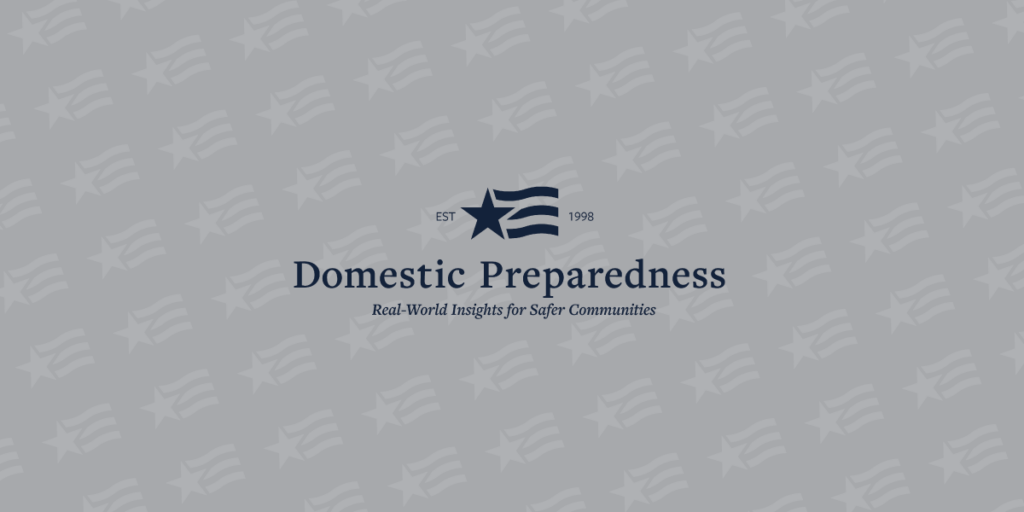
Strengthening & Streamlining Federal Response Efforts
In a world of increasingly complex and dangerous threats facing the United States – threats such as emerging infectious diseases, terrorist organizations, state actors, and extreme weather events – the Strategic National Stockpile (SNS) stands tall as a robust and reliable federal resource ready to respond. On 1 October 2018, in an effort to better align the stockpile with other federal medical countermeasure response efforts, the U.S. Department of Health and Human Services (HHS) shifted oversight and operational control of the SNS from the Centers for Disease Control and Prevention (CDC) to the HHS Assistant Secretary for Preparedness and Response (ASPR).
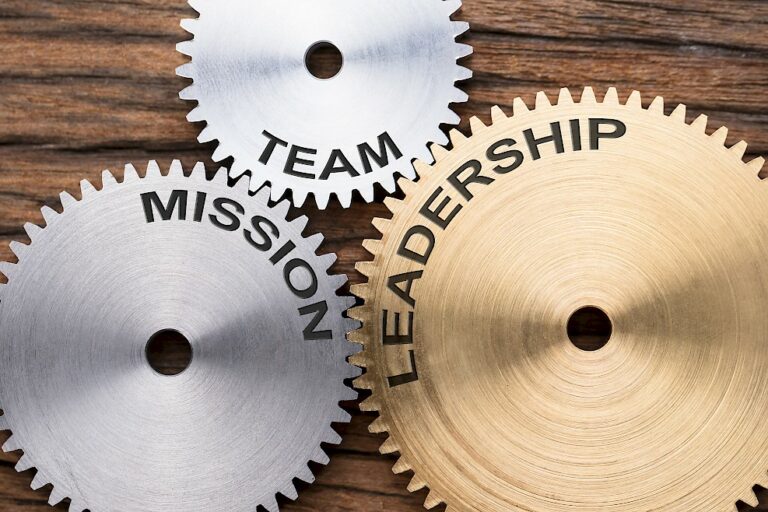
The Seven and a Half Traits of the Ultimate Emergency Manager
Emergency management is an evolving discipline that requires a progressive emergency manager to
fulfill new and expanding requirements for success. Successful leaders in this field follow a systematic
problem-solving process and excel at coordinating multiple agencies and information sources rather than
simply being experts in one subject. The seven and a half traits discussed here describe the ultimate
emergency manager.
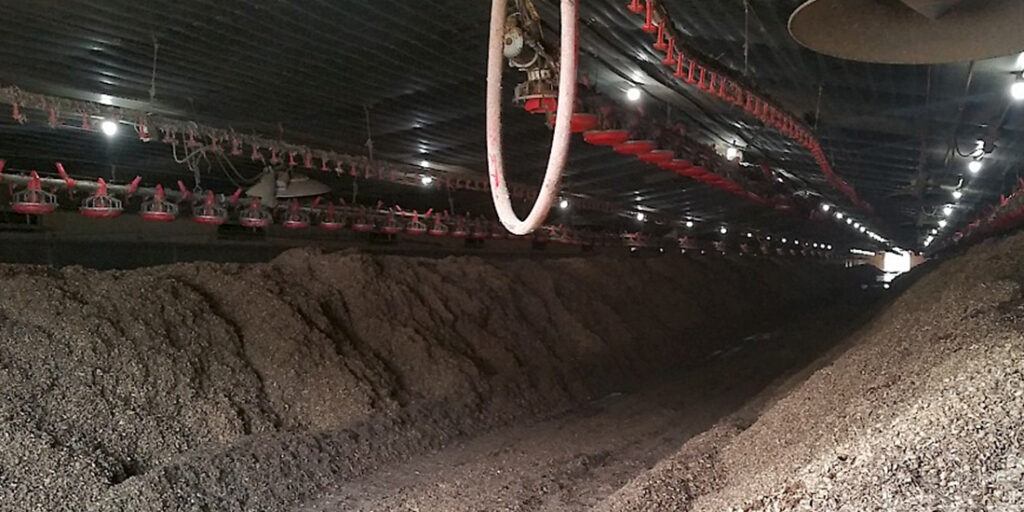
Animal Disease Response Tools for Disaster Recovery Efforts
Florence, the first major hurricane of the 2018 Atlantic hurricane season, made landfall as a Category 1 hurricane early on the morning of 14 September 2018 at Wrightsville Beach in the vicinity of Wilmington, North Carolina, with wind gusts of up to 105 mph. As the forecasted path of Florence indicated direct impacts to North Carolina – and a declaration of emergency was issued 7 days before landfall – the animal agriculture industry and the North Carolina Department of Agriculture and Consumer Services (NCDA&CS) began implementing emergency plans before the rain began. The NCDA&CS hurricane response structure was based on lessons learned during response to foreign animal disease outbreaks in the United States over the past several years, and was fine-tuned from experiences with Hurricane Matthew just two years prior.
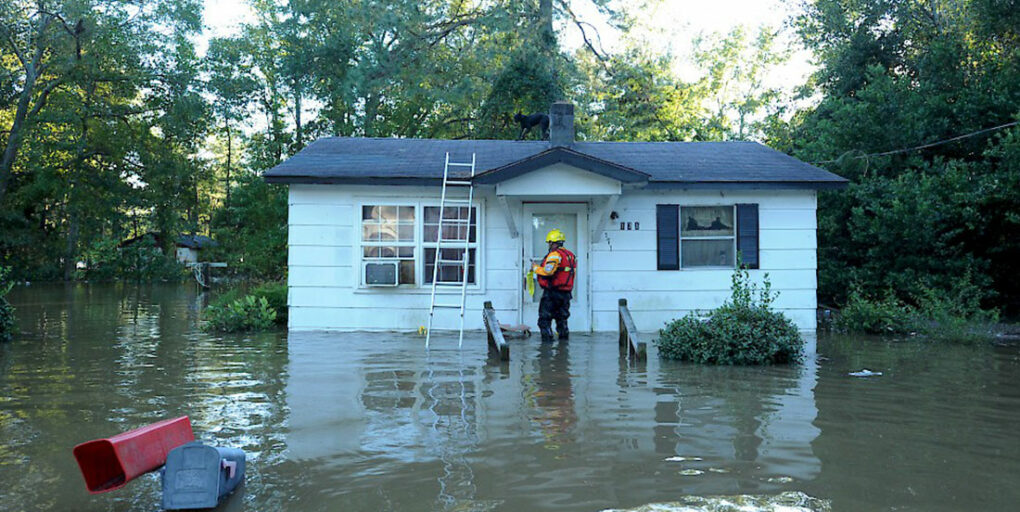
Disaster Preparedness: A Societal View
As communities become more impacted by all types of disasters, society is constantly coming to new realizations. Solely relying on governmental agencies to perform emergency response and recovery tasks is insufficient. The frequency, scale, and impact of disasters make it more challenging to stage resources in the right place. Perhaps a more prepared citizenry would help the overall disaster response and recovery. Research of three leading institutions into how concerned the public is about preparedness and its effectiveness has begun to paint an informative picture for creating public outreach efforts.
Trending
 Bridging Communication Gaps: Lessons from Hurricane Helene by Greg Hauser Hurricanes in 2024 caused widespread damage to infrastructure, leading to a critical but often overlooked issue: isolation. Physical and technological…
Bridging Communication Gaps: Lessons from Hurricane Helene by Greg Hauser Hurricanes in 2024 caused widespread damage to infrastructure, leading to a critical but often overlooked issue: isolation. Physical and technological… A Systems Thinking Approach to Improving Emergency… by William Chapman “PACE” planning helps organizations fail gracefully, but systems thinking reduces the likelihood of failure altogether. Combining both approaches helps organizations…
A Systems Thinking Approach to Improving Emergency… by William Chapman “PACE” planning helps organizations fail gracefully, but systems thinking reduces the likelihood of failure altogether. Combining both approaches helps organizations… Disaster Stress Management in an Emergency Operations Center by Mary Schoenfeldt Disasters affect responders and community members, but they also bring trauma to those working inside emergency operations centers. Distance from…
Disaster Stress Management in an Emergency Operations Center by Mary Schoenfeldt Disasters affect responders and community members, but they also bring trauma to those working inside emergency operations centers. Distance from… Why Emergency Management Is a Good Career for… by Mathew Perrill For many service members, the transition from the military to a civilian workforce can be challenging. They have been trained…
Why Emergency Management Is a Good Career for… by Mathew Perrill For many service members, the transition from the military to a civilian workforce can be challenging. They have been trained…Trending
 Disaster Stress Management in an Emergency Operations Center by Mary Schoenfeldt Disasters affect responders and community members, but they also bring trauma to those working inside emergency operations centers. Distance from…
Disaster Stress Management in an Emergency Operations Center by Mary Schoenfeldt Disasters affect responders and community members, but they also bring trauma to those working inside emergency operations centers. Distance from… Why Emergency Management Is a Good Career for… by Mathew Perrill For many service members, the transition from the military to a civilian workforce can be challenging. They have been trained…
Why Emergency Management Is a Good Career for… by Mathew Perrill For many service members, the transition from the military to a civilian workforce can be challenging. They have been trained… Bridging Communication Gaps: Lessons from Hurricane Helene by Greg Hauser Hurricanes in 2024 caused widespread damage to infrastructure, leading to a critical but often overlooked issue: isolation. Physical and technological…
Bridging Communication Gaps: Lessons from Hurricane Helene by Greg Hauser Hurricanes in 2024 caused widespread damage to infrastructure, leading to a critical but often overlooked issue: isolation. Physical and technological… A Systems Thinking Approach to Improving Emergency… by William Chapman “PACE” planning helps organizations fail gracefully, but systems thinking reduces the likelihood of failure altogether. Combining both approaches helps organizations…
A Systems Thinking Approach to Improving Emergency… by William Chapman “PACE” planning helps organizations fail gracefully, but systems thinking reduces the likelihood of failure altogether. Combining both approaches helps organizations…Trending
Bridging Communication Gaps: Lessons from Hurricane Helene by Greg Hauser Hurricanes in 2024 caused widespread damage to infrastructure, leading to a critical but often overlooked issue: isolation. Physical and technological…
A Systems Thinking Approach to Improving Emergency… by William Chapman “PACE” planning helps organizations fail gracefully, but systems thinking reduces the likelihood of failure altogether. Combining both approaches helps organizations…
Disaster Stress Management in an Emergency Operations Center by Mary Schoenfeldt Disasters affect responders and community members, but they also bring trauma to those working inside emergency operations centers. Distance from…
Why Emergency Management Is a Good Career for… by Mathew Perrill For many service members, the transition from the military to a civilian workforce can be challenging. They have been trained…
Domestic Preparedness Journal
Featured in this issue
- Special Units and Underutilized Resources
- Law Enforcement and Multidisciplinary Teams
- Public Order Policing Units in Disasters
- State Defense Forces in Emergency Response
- Emergency Carcass Operations
- Wildfire PREsponse: Closing the Gap With Mitigation
- Scouts and the Value of Prepared Youth
- Service Dogs: What First Responders Need to Know
- Emergency Management for Transitioning Veterans
- Podcast – Reframing Hurricane Response: Craig Fugate on Survivors as a First Line of Defense
- Podcast – Built to Serve: Chief Jeffrey J. Wittig on TIFMAS, Teamwork, and Emergency Response
Articles Out Loud

Article Out Loud – Law Enforcement Collaboration Within Multidisciplinary Teams
June 25, 2025
This is an article by Richard Schoeberl and Anthony (Tony) Mottola, an Article Out Loud from Domestic Preparedness, June 25,

Article Out Loud – State Defense Forces: The Untapped Backbone of Emergency Response
June 25, 2025
This is an article by Robert Hastings, an Article Out Loud from Domestic Preparedness, June 25, 2025. As disasters become


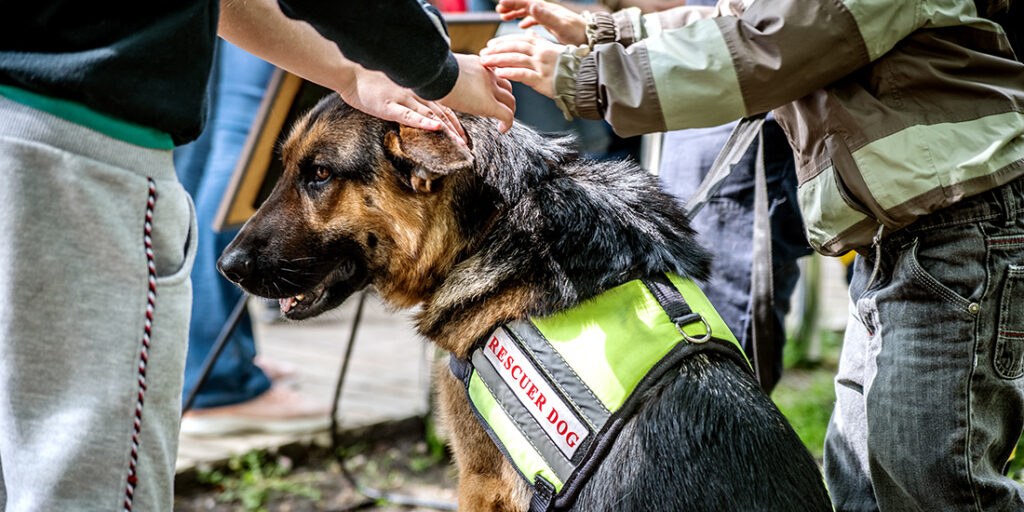
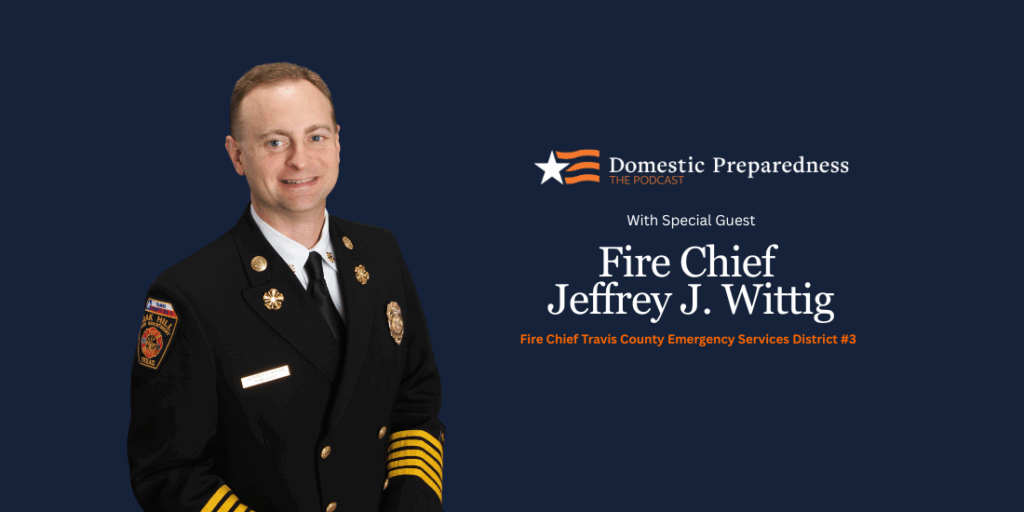
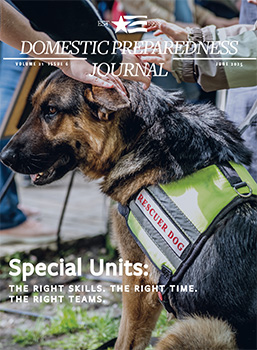

Vertical Collaboration for Widespread Health Threats